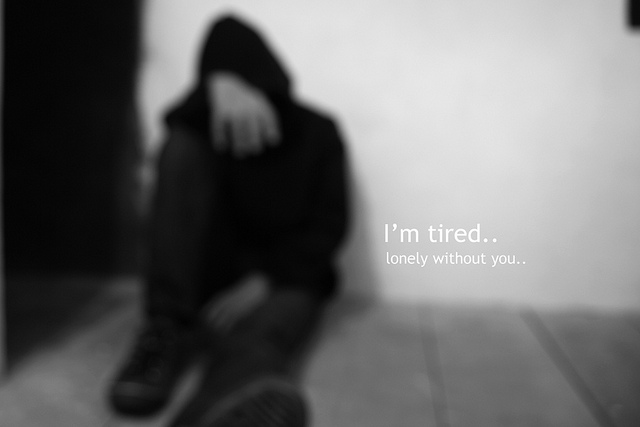Roughly 11% of US adolescent students suffer from clinical depression according to a recent study.
To quote the findings,
“Studies estimate that each year up to one in five U.S. children experience a mental disorder. Approximately $247 billion is spent addressing the mental health challenges of children.
Depression is one of the most common emotional health problems among youth, with an estimated 11 percent of U.S. adolescents diagnosed with depression by age 18. Youth with depression are more likely to engage in suicidal behavior, drop out of school, use alcohol or drugs, and have unsafe sexual activity, in addition to having difficulties with school and relationships.
In California, 25 percent of public school staff reported that student depression or mental health was a moderate or severe problem at their school, according to 2011-13 data. During the same period, 25 percent of seventh graders, 31 percent of ninth graders, and 33 percent of 11th graders reported that, in the past year, they had been so sad or hopeless every day for at least two weeks that they stopped doing some usual activities.”
Those of us who have worked in schools see these kids, the ones who slink into solitude, have their heads on the desk, don’t do their homework, and disengage from school, and the people in it. In reality many of these kids just stop showing up at some point.
My not funny joke here…
What do you call a depressed student in a no excuses school?
A dropout.
Especially in the era of “no excuses”, where students are forced to track teachers with their eyes, be ready to answer every question when cold called, and where aberrance from strict behaviorism leads to punishment, these students don’t have a place. And particularly with depression, punishment for not meeting expectations is counterproductive. Punishing a kid for being depressed and exhibiting related behaviors is our failure to teach, not their failure to learn.
These kids need help and understanding, which really starts with training school staff to recognize these behaviors and respond to them appropriately.
And this is more than 1 in 10 kids, so every school has depressed students, and almost every class does. So we know these students and their needs exist. The question is what do we do about it besides bury our heads in the sand while vulnerable students fall by the wayside.

